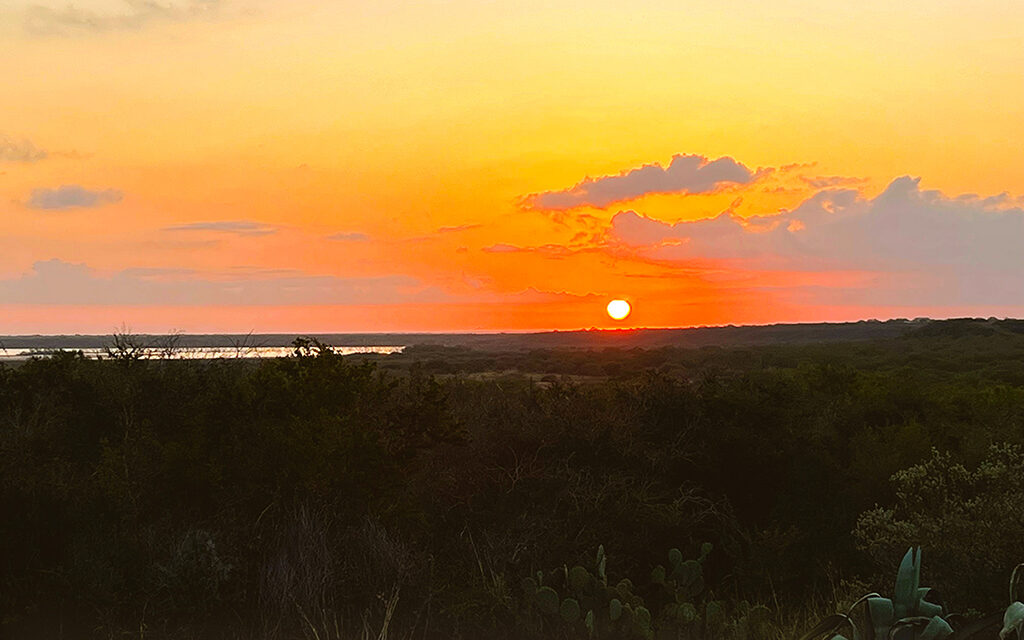by John Jefferson
I was invited to speak to a group in Beaumont. I’ve done my share of speaking from prosecuting bad guys to numerous appearances before state agency boards, but I said “No” to this one. At first.
A GARDEN Club was the audience. I told the charming lady that invited me that the Magnolia Garden Club ladies didn’t want to hear how to field dress a deer – or other subject I usually spoke on. But she insisted.
I finally, reluctantly accepted. And I’ve never worked harder preparing a talk. It reminded me an assignment once on “The Temple Art of Tantric Buddhism.”
I began by asking the Garden Club ladies and the two gentlemen attending if they were familiar with the old song, “Sentimental Journey.” A few remembered it. I told them coming to Beaumont was just that. I grew up there.
This past weekend was a similar visit. I worked in Alice for several years in the Brush Country, and have returned many times to hunt, fish, and once joined Game Wardens in the largest whitetail poaching sting ever conducted. The thorn-tangled Rio Grande Plains of the South Texas brushlands imprinted me as much as if I had grown up there.
I began feeling it as we headed down Highway 37 from San Antonio. The Brush Country begins a short distance south of the city limits. As we crossed the Frio River north of Tilden, I felt like I had come home. I have hunted in 14 of the 20-plus counties in South Texas and rambled through the rest. “Sentimental Journey” kept playing in my head. The song, “Jalisco” — once called the national anthem of South Texas — joined it.
We stayed on a ranch in McMullen County. We nearly hit a whitetail that darted in front of us as we entered the ranch. The owner’s wife told us, though, that she had only seen a few pairs of bobwhites and several small coveys of newly feathered chicks — nowhere near the numbers they’d seen in good years. The drought had taken a toll.
Texas Parks and Wildlife agrees. TPWD biologists covered 3,300 road miles during their annual Quail Roadside Survey. It was disappointing. The drought had decimated the habitat statewide going into late summer. Some nice but short rainfall gave us hope, but then the heat and wind dried up much of it.
John McLaughlin, TPWD’s quail honcho, reported hopefully that the late rains might stimulate late nesting. But he writes that only in the South Texas Plains was there an increase.
“The number of bobwhites observed was up from 3.1 to 3.5,” McLaughlin said, “ but still below the 15-year mean of 9.0. The statewide outlook, including the Rolling Plains, again points to rough sledding in 2022.”
Scaled (blue) quail fared better. The late rain gave hope for Trans-Pecos hunters. The average number of quail observed increased to 13.1. Quail are somewhat like they said in the Army about cigarettes: “Smoke ‘em if you’ve got ‘em.
JJ





